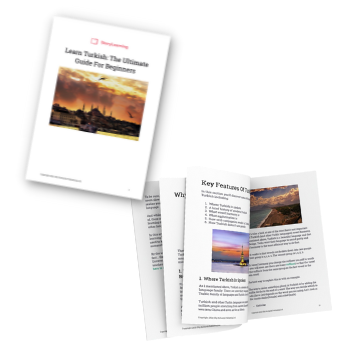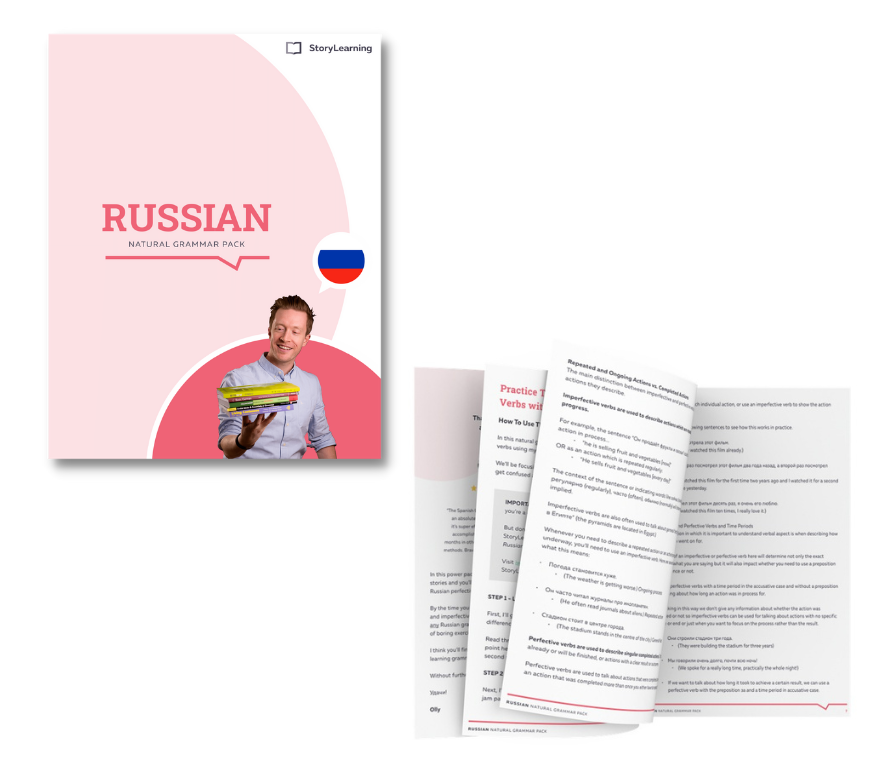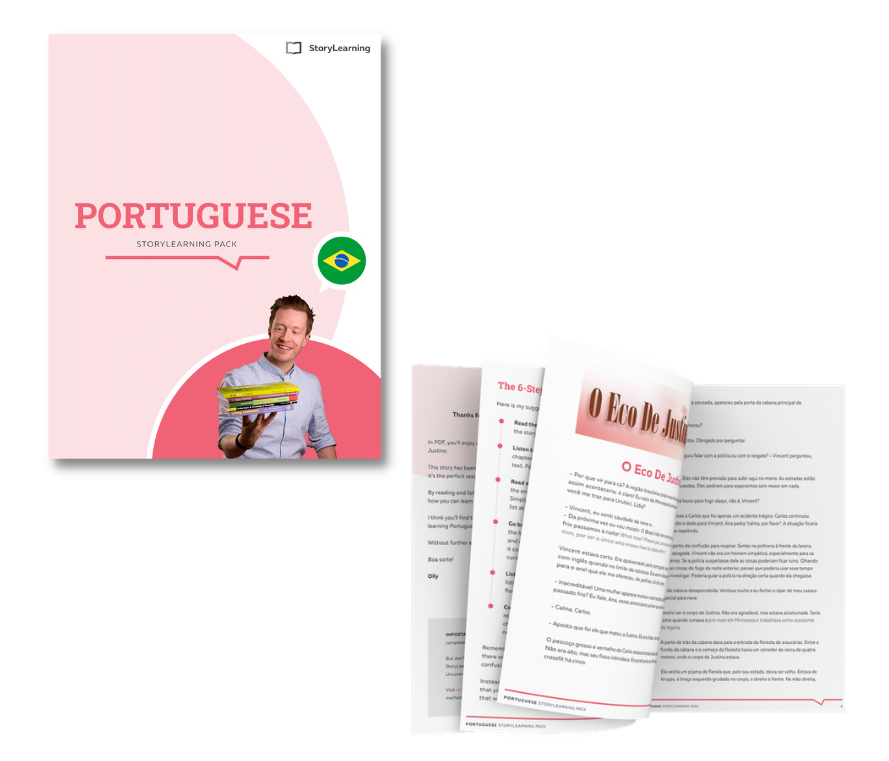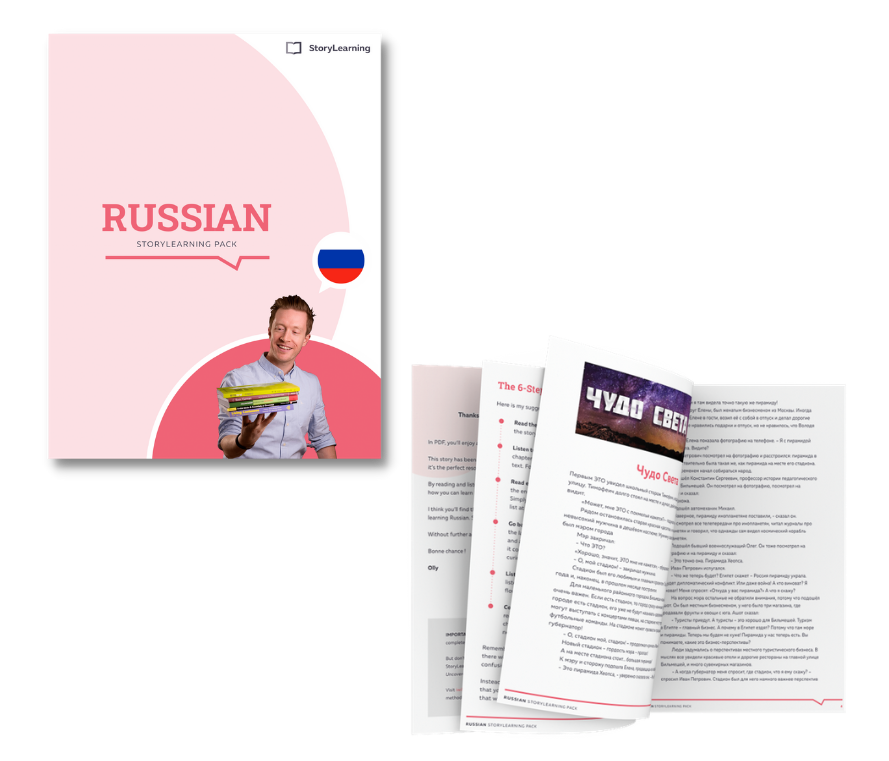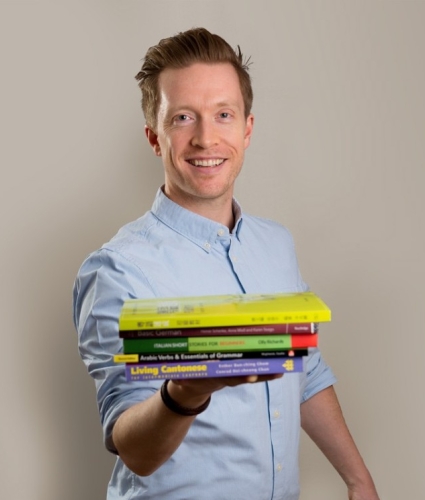What if I told you there’s a real language that Santa speaks? Or a language politicians use for war cries in parliament?
There are a lot of weird languages out there that you probably never knew existed, yet some of them are hiding in plain sight!
Is it possible you’re missing out on something amazing?
I went looking from the icy Arctic to the Pacific Islands and found 11 incredible weird languages you should know about.
Each one is packed with surprises that’ll make you think about language – and the world – a little differently…
And one of them is even taking over Silicon Valley! Ready? Let’s go!
Pro Tip
By the way, if you’re serious about improving your language skills, online language courses for fluency can make a huge difference.
I'm offering top-rated online language courses for beginners to advanced learners, covering Mandarin, Spanish, French, Italian, German, Japanese and more.
If you’ve been looking for a story-based online course to learn languages, this is your chance! Get a free 7-day trial of the course of your choice.
If you prefer watching videos to reading, hit play on the video version of this post at the top of this page. Otherwise, here's what you'll discover in this post:
Table of Contents
#1 Wymysorys (Poland)
Imagine if English had a long-lost cousin. But almost no one knows it exists, and in the town where people speak it, they all have the same 6 surnames!
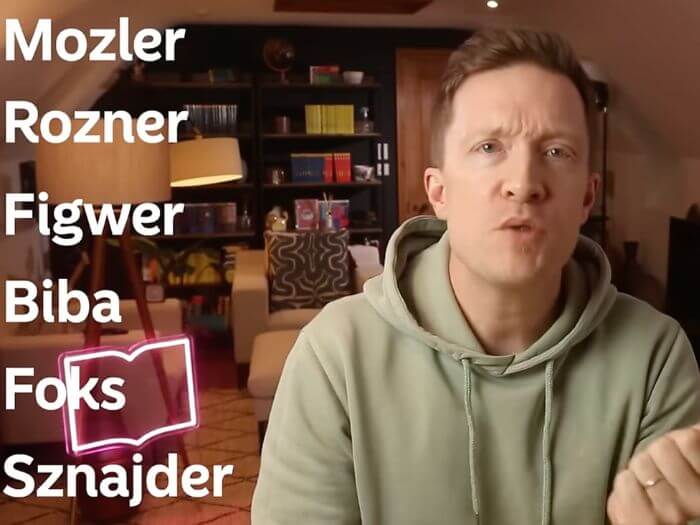
Which one of these would you choose? Maybe… Biba? Foks?
Well, turns out the world’s most endangered Germanic language lives in Poland! Germanic languages are the ones related to English – like Dutch and German. And this one’s called Wymysorys.
It’s a language with a bit of mystery around it – those experts are still scratching their heads!
And here's more proof that this language is just a little bit like English
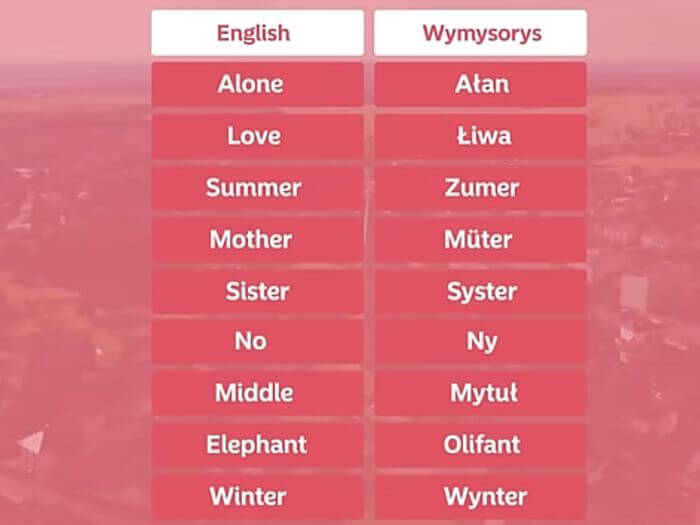
So what’s going on here?
Well, it’s the most mysterious language of central Europe. It does seem like German, at first – but then it has all these odd words with funny L’s. This is actually the Polish L that sounds like a W.
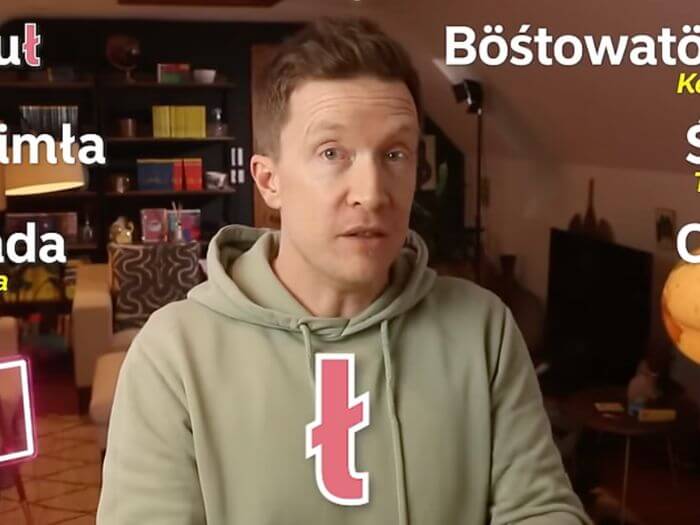
Their story is wild – back in the 13th century, fierce Mongols invaded and emptied the Polish town completely.
So an invitation went out for Europeans to come and settle. And they did! They’ve been here for 800 years now, so it’s amazing they never lost their unique language.
But who are they?
Well, they claim to be descendants of Flemish or English settlers. But the experts say that’s just a fantasy, and it’s more like a strange variety of German. But they don't consider themselves German!
Want to hear something even stranger? After World War II, the government banned the language because it wasn’t ‘Polish’ enough.

It was nearly erased! Scary.
#2 Yup'ik (Alaska)
@cut Have you heard of Yupik? #Lineup ♬ original sound – Cut-
Can you imagine having a chat with someone who speaks the same language as you, and not being able to understand them?
Well, there’s a language where this can happen, because it splits into so many dialects that even native speakers can struggle to understand each other!
It’s called Yupik and it’s an amazing language group similar to Native languages from Canada, like Inuktitut.
If you’ve ever been curious about the languages of the Arctic, here’s a nice big window for you into that world.
Yupik used to have the most fascinating way of writing, but luckily you can write it now using the Latin alphabet – although ‘lucky’ is a stretch!

They have sounds that aren’t found in other languages, especially not English. And here something else that lakes Yupik a weird language. Instead of using separate words to make a sentence, Yupik crams everything into one long word.
For example:
“I am going to sharpen my knife!” is one word (I need to remember that one!)

But look how it’s made up of lots of little words. I guess when it’s minus 50 and you’re trying to survive the Arctic, no one has time for long conversations!
Wait, that wasn’t Santa’s language? Nope!
#3 Guugu Yimithirr (Australia)
If you ever wondered where we got the word “kangaroo” from, here’s a fun fact: It wasn’t Australian.
Yeah, I know ‘Australian’ isn’t a language.
But look at this word:
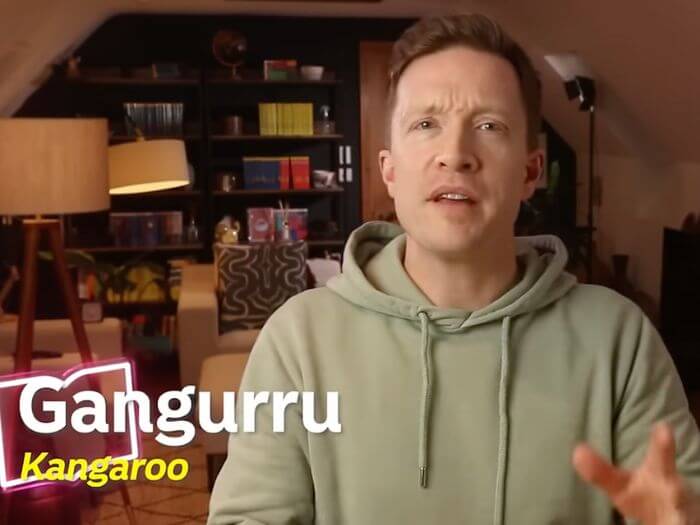
You can see kangaroo in there, can’t you?
It’s an Aboriginal language of Australia spoken by people of Far North Queensland, called guugu yimithirr. The name means “speaking this way” – gets right to the point!
It was the first indigenous language in Australia to be written down, and it all happened when Captain Cook’s crew ran aground on the Great Barrier Reef, wrecked their ship and bumped into some kangaroos!
They asked the locals what those strange jumping animals were called. They said gangurru, and the crew thought this was so cool, they wrote down “kangaroo”, and the rest is history.
The hilarious part is: the word only meant one specific type of kangaroo, not every kangaroo on the planet, duh. Joke’s on us!
But here’s the really peculiar thing about this language: Instead of right, left, forward and backward, you say “north”, “south”, “east”, “west”, as in – “Please pass the salt north.”
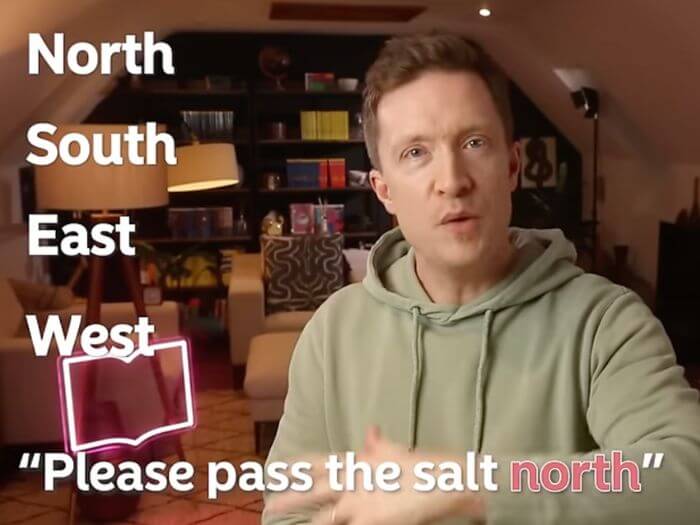
Yup, you’re always tuned in to where you are in the world, so learn it if you fancy being a human GPS system!
#4 Wáray-Wáray (Philippines)
@aryzausro waray thingzzzz 🤣🤣🤣 #zhaiiorsua ♬ original sound – Z Y R A 🇵🇭 – aryzausro
There’s a language in Asia that uses its own native numbers from one to ten, then it switches to Spanish numbers for the rest – yep, Spanish. Except for 100 and 1000, which are native again.
What a strange thing to do, right?
It's called Wáray-Wáray, and it's the Philippines 5th most-spoken language.
Waray refers to the people and the language, and the oddest thing: it's also their word for”‘none” or “nothing”.
Waray has some lovely-sounding words that aren’t hard to say, and humour is huge in the way they speak.
Yep, they’re full of jokes, but in the Philippines they’re often depicted as brave warriors, and there are even sayings and songs about this.
In fact, if you know the American singer Eartha Kitt, you might recognise this song. A power song for women, inspired by none other than the Waray!
Another fun fact about this language – it contains native American words. So how did they get here?
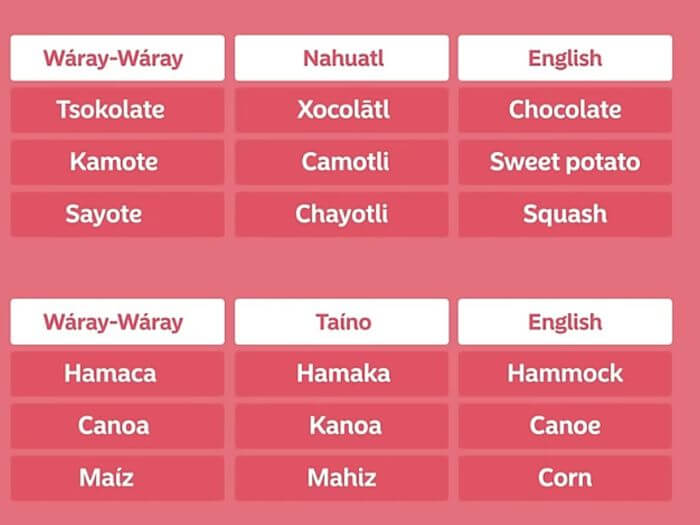
It’s actually really simple: Spain colonised the Philippines, but only after Spanish had already been in the Americas for some time and had picked up indigenous words like “chocolate” and “canoe”.
And Spain stuck around the Philippines for 300 years – long enough for 6000 Spanish words to sneak into the language!
#5 Nigerian Pidgin (Nigeria)
You probably know about Jamaican English, but ever wondered what happens when English decides to party with African languages?
Meet Nigerian Pidgin – a cool cousin of English taking over Nigeria's streets, music, and social media!
‘Pidgins’ are mixed languages that happen when people of different languages try to find a way to communicate.
And this story about Nigeria just blew me away.
So, Nigeria is in West Africa, and it has more than 500 languages and 20,000 babies born daily!
That's why Nigerian Pidgin is brilliant – It's a language everyone can understand.
It’s a mix of English and local languages, like Yoruba and Igbo, and even the neighbouring countries can speak it.
And Nigerian Pidgin has a really interesting history: it started with British traders interacting with Africans, and even got some Portuguese mixed in.
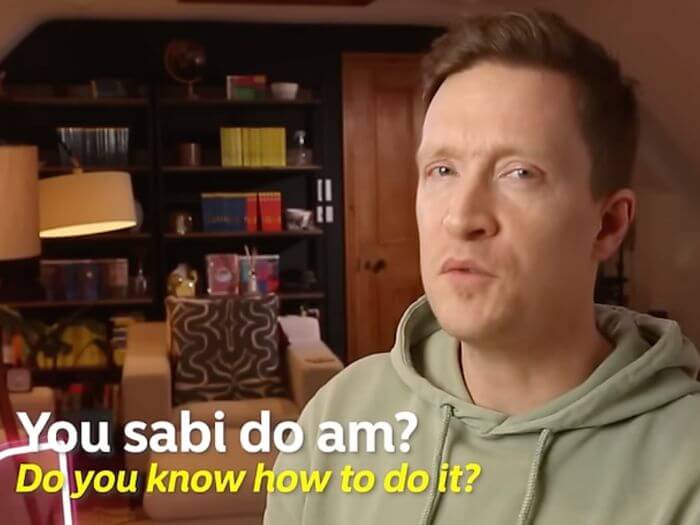
You sabi do am? means “Do you know how to do it?”
In Portuguese, which I do actually speak, “to know” is saber – can you see the connection? Saber… sabi…
Hmm, sounds a bit like “savvy” in English!
And here’s the real shocker: Nigerian Pidgin is the biggest pidgin language in the world – 75 million people use it in Nigeria alone!
Street vendors, CEOs, everyone's speaking Pidgin. The BBC even does news in pidgin. And I hear that in the Niger Delta, it’s already a first language!
But the real magic is how dramatic it is. Like if something shocks you, you don't just say you're surprised – you say “I fall off chair!”
It’s like speaking with emojis, gosh. Not the most dramatic on this list, though!
#6 Telugu (India)
Remember I mentioned a language taking over Silicon Valley?
Here it is – the fastest-growing language in the US! And I’m going to bet you’ve never even heard of it.
So, in 2018 the Center for Immigration Studies dropped this bombshell: The fastest-growing language in the US is called Telugu!
It’s one of the oldest languages from India, dates back over 2000 years! And Telugu is so pretty, it’s known as the “Italian of the East”.
You know how Italian words end in vowel sounds? Telugu is the same. But why the explosion in America?
Well you guys needed IT engineers and techies, and they came running from Telugu-speaking states in India! Even Netflix and Amazon are loaded with Telugu movies now.
And by the way, I checked out job sites like Indeed and Glassdoor, and saw a lot of Telugu translation jobs – good to know.
So let’s check out two fun things I found in the language.
First, Telugu words can get ridiculously long…

In other words: Railway station! To be honest, though, I don’t think the guy on the street is gonna say that – there are easier options! (But that writing – wow!)
Another interesting thing is Telugu has a unique nasal sound that’s just a dot. See the circle after the squiggly letters?
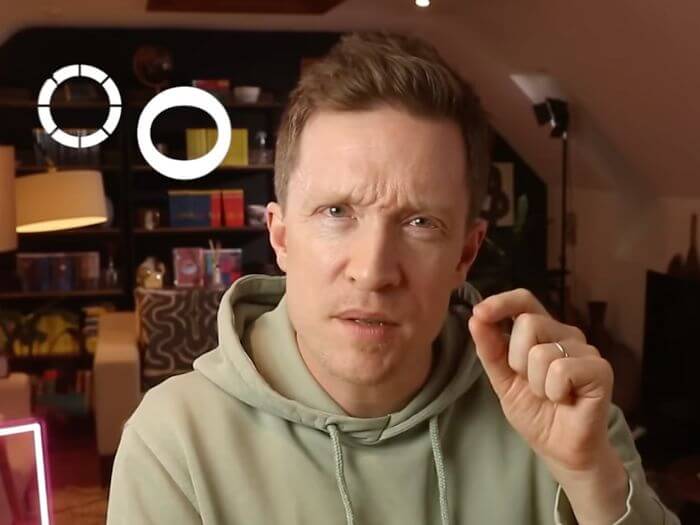
If you see it, start humming!
#7 Wu Chinese (China)
Is it Mandarin? Cantonese? None of these? Well, it’s definitely China – I'm sure you got that part right.
But here’s the thing about China: it’s huge, and there are way more languages than you might think!
And if you take a trip to Shanghai, you might hear Wu Chinese instead.
Even if you know Mandarin, you're still in for a surprise – Wu is totally different!
It’s got more vowels, breathy consonants, and such a soft flow they gave it a nickname: “The tender speech of Wu.”
Ever heard of tones? That’s when a word changes meaning depending on the tone you use.
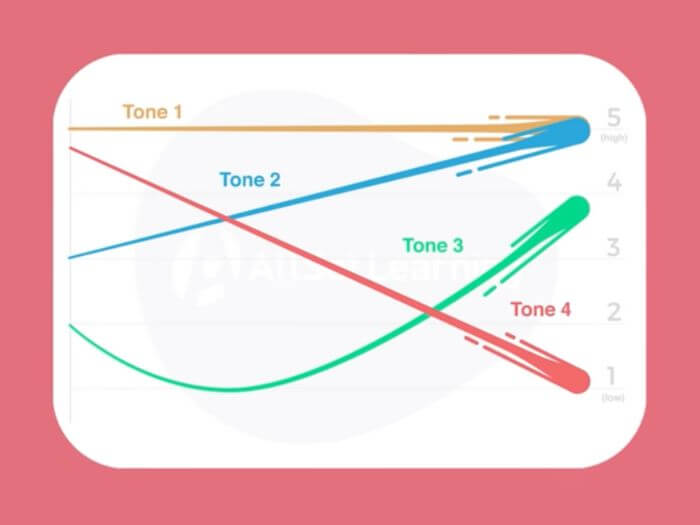
Well, Mandarin has only 4 tones, which is tricky for learners, but that’s nothing – some Wu dialects have 7, 8, or even 11 tones!
The coolest thing is that Wu kept some really ancient words and sounds that Mandarin dropped centuries ago – it’s like a time capsule of Old Chinese.
But if you’d rather just learn Mandarin, I get it. Check out my post on how to learn a tonal language for some pointers on that.
#8 Guaraní (Paraguay)
There’s one reason you might know this language.
It’s one of the only indigenous languages still thriving today! Over 6 million people speak it, so it’s a real powerhouse in the Americas.
Which is interesting if you planned a trip to South America – you were expecting Spanish, right?
In Paraguay, the national language isn’t just Spanish – it’s Guaraní, and Paraguayans often mix both languages in the same sentence.
You’ll even hear it in Brazil, Argentina, and Bolivia. But isn’t it cool? And it all started with people of Amazon.
Guaraní is a word that means “warrior” or “people of the forest” – quite fitting, because they’re deeply spiritual and many live off the land.
But even in Paraguay’s biggest cities, Guaraní is everywhere.
That’s why if you love indigenous languages, this one might already be on your bucket list.
It’s a wonderfully expressive language, and if you ask me, it looks awesome written down too. They use the Latin alphabet, with a few extra letters. Cool.
And here’s something fun: Guaraní has a thing called nasal harmony. Basically, if one vowel is nasal, the whole word goes nasal!
And if you ever visit Paraguay – if you don’t understand half the Spanish insults, it’s because – surprise! – they’re in Guaraní.
#9 Ladino (Mediterranean)
@bellariosofficial About me, how I learned Ladino, etc. Pt. I #ladino #jewishtiktok #sefarditas #fyp #sefardi ♬ original sound – Bella Ríos
Okay, this is a fascinating one, and there’s a very particular community in the US who’ll know exactly what language I'm talking about.
It’s a Jewish Romance language that's closely related to Spanish. It’s called Ladino and it’s the ancestral language of Spanish Jews who were expelled from Spain in 1492.
And once upon a time, 1000s of Jews across the Mediterranean spoke and sang songs in this incredible language.
When they were kicked out, they first went to places like Turkey and Greece. And then tens of 1000s landed in good old New York City.
Ladino is based on Old Spanish as it sounded in the 15th century, with touches of other old Romance languages no-one speaks anymore.
And there’s Turkish and Greek mixed in, with a massive dose of Hebrew, too – they even used to write using Hebrew script.
Amazing, huh? Let’s try saying something…
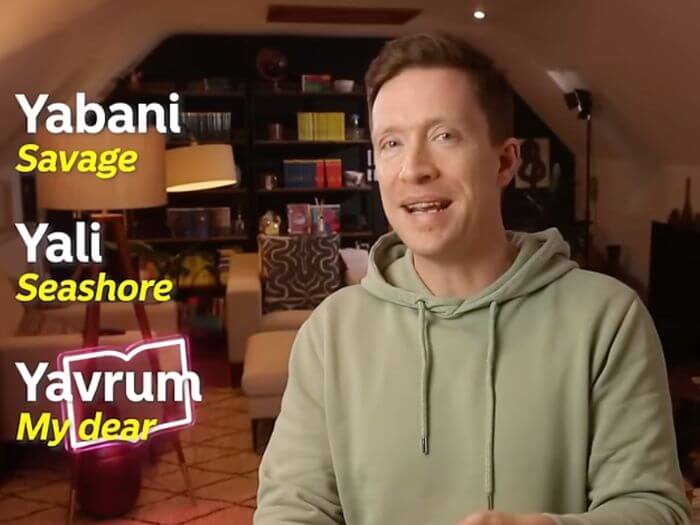
I hope you tried it, because things are about to get a whole lot harder and you don’t want to be on someone’s naughty list.
#10 Sámi (Finland)
If you love the idea of sledding in snowy Lapland, you’ll love this – a language that Santa should know very well, since they speak it in his backyard!
If you didn’t know, Lapland is in Finland, and it really is this beautiful and snowy land.
The main language of Finland is Finnish, of course, but there’s another language up north: Sámi. You can hear it in Sweden, Norway and Russia, too.
And weirdly, Sami isn’t just one language – it’s a group of about 10. Some are so different they’re basically separate languages.
I found a Tweet from Finland’s Ministry of Education showing the same message in 3 Sámi languages.
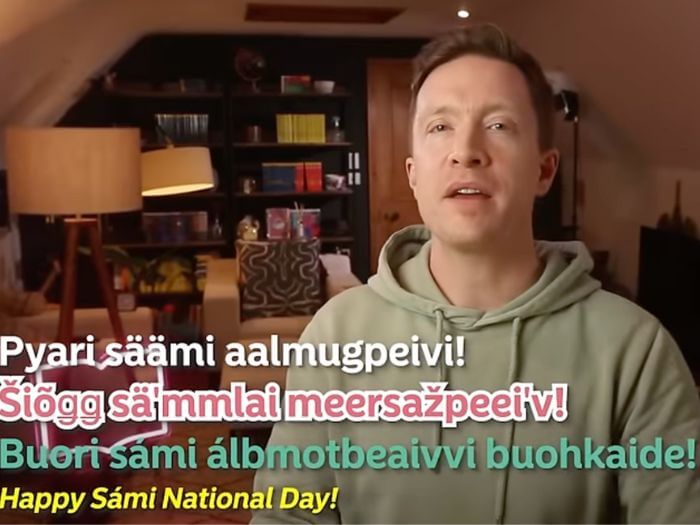
Pretty crazy how there can be completely different versions of one tiny language – but there ya go!
North Sámi is the most widely spoken, but all Sámi languages are shaped by Arctic life.
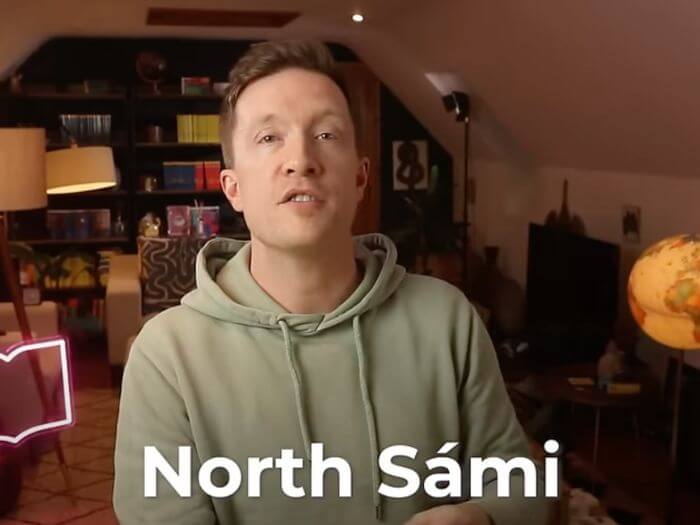
I’m not kidding when I say they have an amazing amount of words for snow and reindeer – 300 snow words, and 1000 reindeer words!
Know what they don't have a word for? Artificial snow.
#11 Māori (New Zealand)
You've probably heard the New Zealand rugby team doing their war cry, the Haka, before a match.
But have you ever heard people actually speaking this language?
The Māori are the indigenous people of New Zealand. And Maori is their other official language, alongside English.
Māori has had a rough history, but it’s alive and thriving! And they have an incredible culture of storytelling and performing arts.
Now, I don’t speak Maori myself, but it seems pretty easy to start off. They say Kia ora for “hello.”
There are only 15 letters in the alphabet, although one funny sound might trip you up.
That’s nothing – Maori sentences put the verb, or action word, first, which seems totally backward in English.
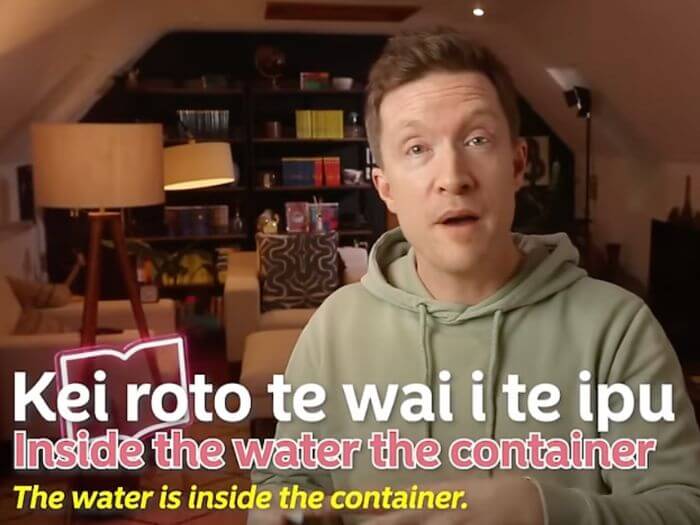
They certainly do things differently here! Would you learn Maori? I totally would.
Weird Languages FAQ
What is the most weird language?
Many consider Pirahã, spoken in the Amazon, to be the weirdest language due to its lack of numbers, colours, and fixed grammar rules. Its unique structure challenges common ideas about how languages work.
What is the most uncommon language?
Languages like Taushiro in Peru or Kaixana in Brazil are among the most uncommon, with only one known speaker left. These endangered languages are rarely heard and nearly extinct.
How many fake languages are there?
There are dozens of constructed or “fake” languages, such as Klingon (from Star Trek) and Dothraki (from Game of Thrones). While not naturally spoken, many have real grammar and vocabulary created for entertainment or experimentation.
What language looks weird?
Languages like Georgian or Amharic often appear “weird” to English speakers because of their unique scripts and unfamiliar characters.
Arabic, Thai, and Burmese also stand out visually due to their complex writing systems. What looks unusual often depends on what you're used to.

Olly Richards
Creator of the StoryLearning® Method
Olly Richards is a renowned polyglot and language learning expert with over 15 years of experience teaching millions through his innovative StoryLearning® method. He is the creator of StoryLearning, one of the world's largest language learning blogs with 500,000+ monthly readers.
Olly has authored 30+ language learning books and courses, including the bestselling "Short Stories" series published by Teach Yourself.
When not developing new teaching methods, Richards practices what he preaches—he speaks 8 languages fluently and continues learning new ones through his own methodology.













